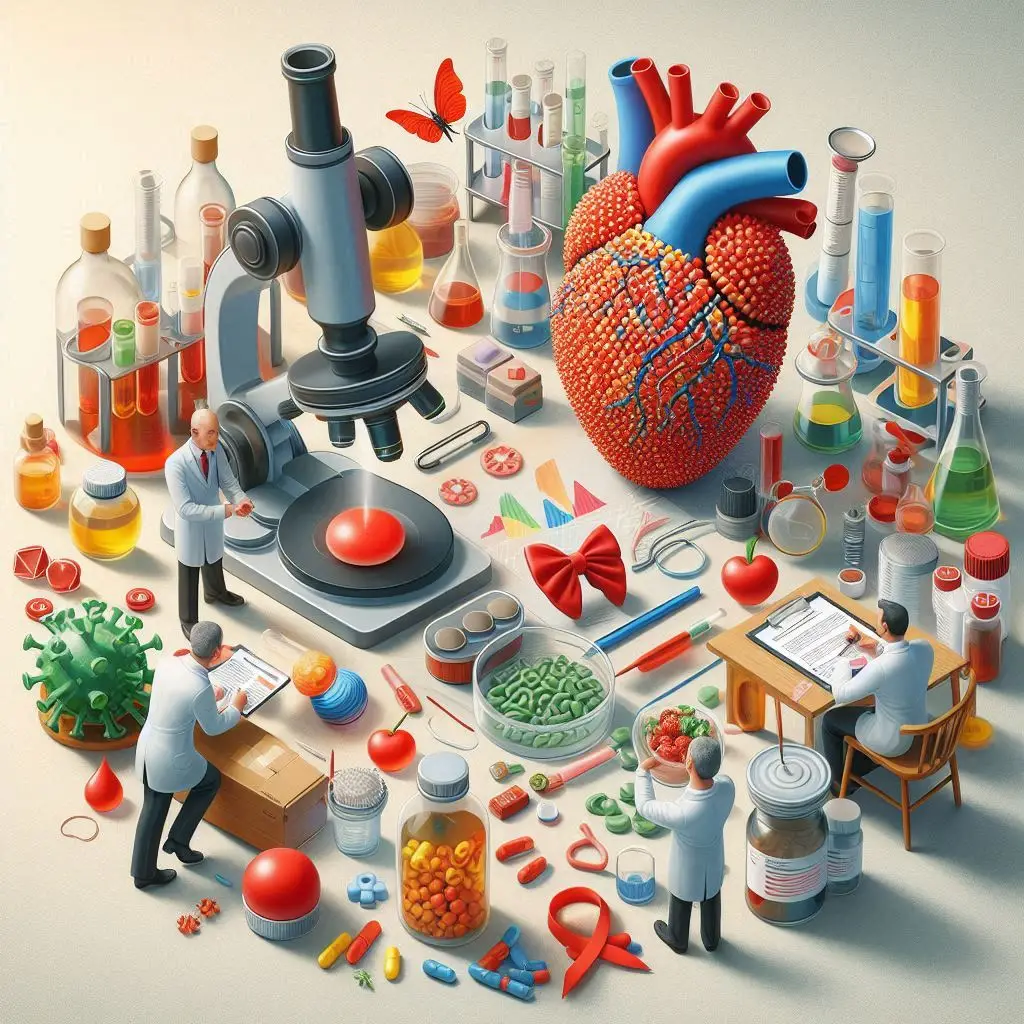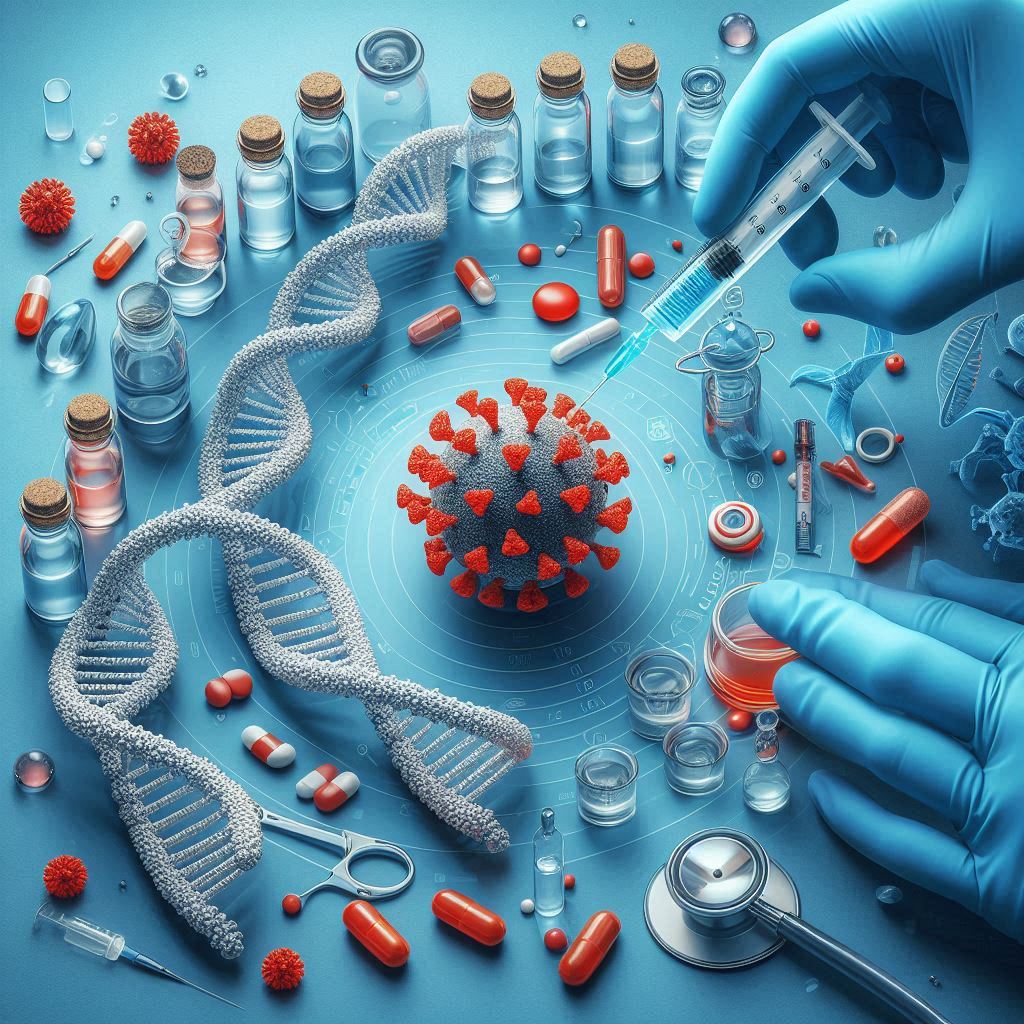Imagine a war where the enemy cannot be seen, only felt. For decades, the fight against AIDS has been a global medical battle—one marked by fear, discovery, hope, and relentless innovation. Today, modern AIDS treatment stands as a testament to how far science has come. At the heart of this progress lies antiretroviral therapy (ART), a strategy so effective it has transformed HIV from a death sentence into a manageable chronic condition. But to fully appreciate these advancements, we must first reflect on a vital question that still shapes our understanding: Where did AIDS come from?

Where Did AIDS Come From?
The origin of AIDS is as critical to scientific research as the treatments themselves. So, where did AIDS come from?
The roots of AIDS lie in a virus known as SIV (Simian Immunodeficiency Virus), found in chimpanzees and certain monkey species. It is believed that the virus jumped from animals to humans—a process called zoonosis—likely through the hunting and consumption of bushmeat in Central Africa during the early 20th century. Over time, SIV mutated into HIV, adapted to human biology, and silently spread until the first recognized cases of AIDS appeared in the United States in the early 1980s.
Understanding where AIDS came from has helped scientists track the virus’s mutation patterns, resistance behaviors, and transmission routes. This foundational knowledge has played a pivotal role in designing today’s powerful treatments.

Modern AIDS Treatment: A New Era of Control
Modern HIV treatment revolves around antiretroviral therapy (ART), a combination of medications that suppress the virus to undetectable levels. These drugs don’t cure HIV, but they stop the virus from replicating, allowing the immune system to recover and function normally.
There are now several classes of antiretroviral drugs, each targeting a specific step in the HIV life cycle:
- NRTIs and NNRTIs (Nucleoside and Non-nucleoside Reverse Transcriptase Inhibitors):
These prevent the virus from converting its RNA into DNA—a key step in its replication. - PIs (Protease Inhibitors):
These block the enzyme HIV needs to assemble new virus particles. - INIs (Integrase Inhibitors):
A newer class that stops the virus from integrating its genetic material into the host cell’s DNA. - Entry and Fusion Inhibitors:
These stop HIV from entering the host cell in the first place.
Latest Innovations in Antiretroviral Therapy
The landscape of ART is evolving rapidly. Some of the latest breakthroughs include:
- Long-Acting Injectables (LA ART):
Instead of taking pills daily, patients can now receive monthly or bi-monthly injections—offering convenience and reducing stigma. - Two-Drug Regimens:
Earlier, three or more drugs were standard. Today, simplified two-drug regimens like Dolutegravir + Lamivudine offer equal efficacy with fewer side effects. - Single-Pill Combinations:
Pills like Biktarvy and Triumeq combine multiple drugs into one pill a day, improving adherence and outcomes. - U=U (Undetectable = Untransmittable):
One of the most powerful modern revelations. If a person maintains an undetectable viral load through ART, they cannot transmit HIV sexually—changing both science and stigma.
The Connection Between Origins and Treatment
Revisiting the question where did AIDS come from remains relevant because the virus’s journey from simian origins to human adaptation influences its resilience. HIV’s ability to integrate into DNA, mutate quickly, and develop drug resistance can all be traced back to its evolutionary history. By studying its past, researchers continue to outsmart the virus and improve treatment regimens.
Looking Ahead: The Future of HIV Treatment
Modern AIDS treatment is moving toward personalized medicine—tailoring regimens based on individual genetics, viral strain, and lifestyle. Clinical trials are also exploring therapeutic vaccines and gene-editing approaches that may one day offer a functional or complete cure.
Meanwhile, prevention strategies like Pre-Exposure Prophylaxis (PrEP) and Post-Exposure Prophylaxis (PEP) are helping stop new infections before they start.
From Origins to Optimism
The journey from wondering where did AIDS come from to developing powerful, life-extending treatments is a remarkable story of science and resilience. Modern antiretroviral therapies have not only given hope to millions but have also redefined what it means to live with HIV.
Today, with continued research, evolving treatment, and global collaboration, we inch ever closer to a world where HIV is no longer a threat—but a challenge science has successfully conquered.


